Speaking from Lviv, Neville shares his experience of the war in recent days and the reasons for making his latest book, Stop Tanks with Books, about the lives of Ukrainian people
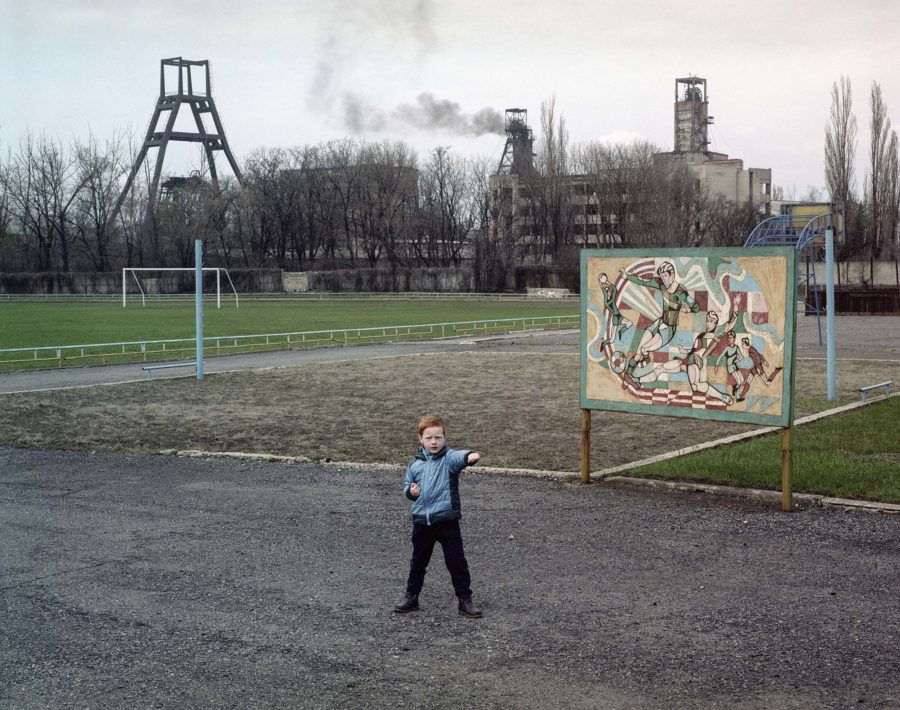

Speaking from Lviv, Neville shares his experience of the war in recent days and the reasons for making his latest book, Stop Tanks with Books, about the lives of Ukrainian people
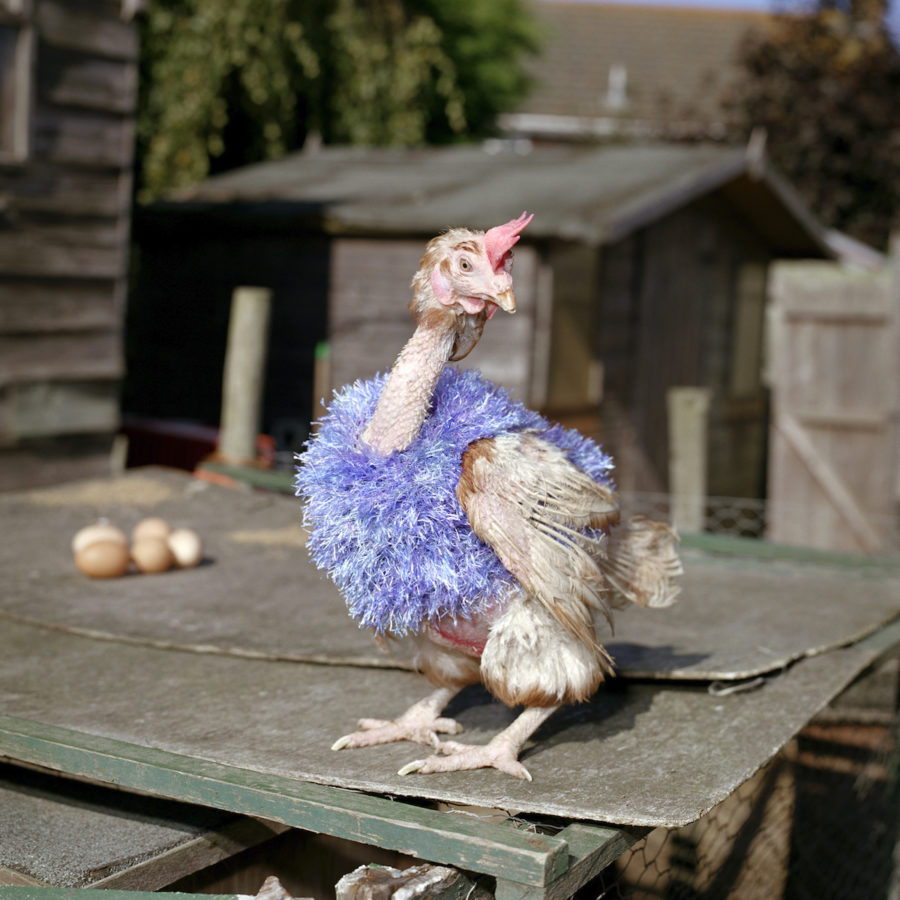
In A Gadda Da England freely mixes time and place, finding connections between events and protests through the years
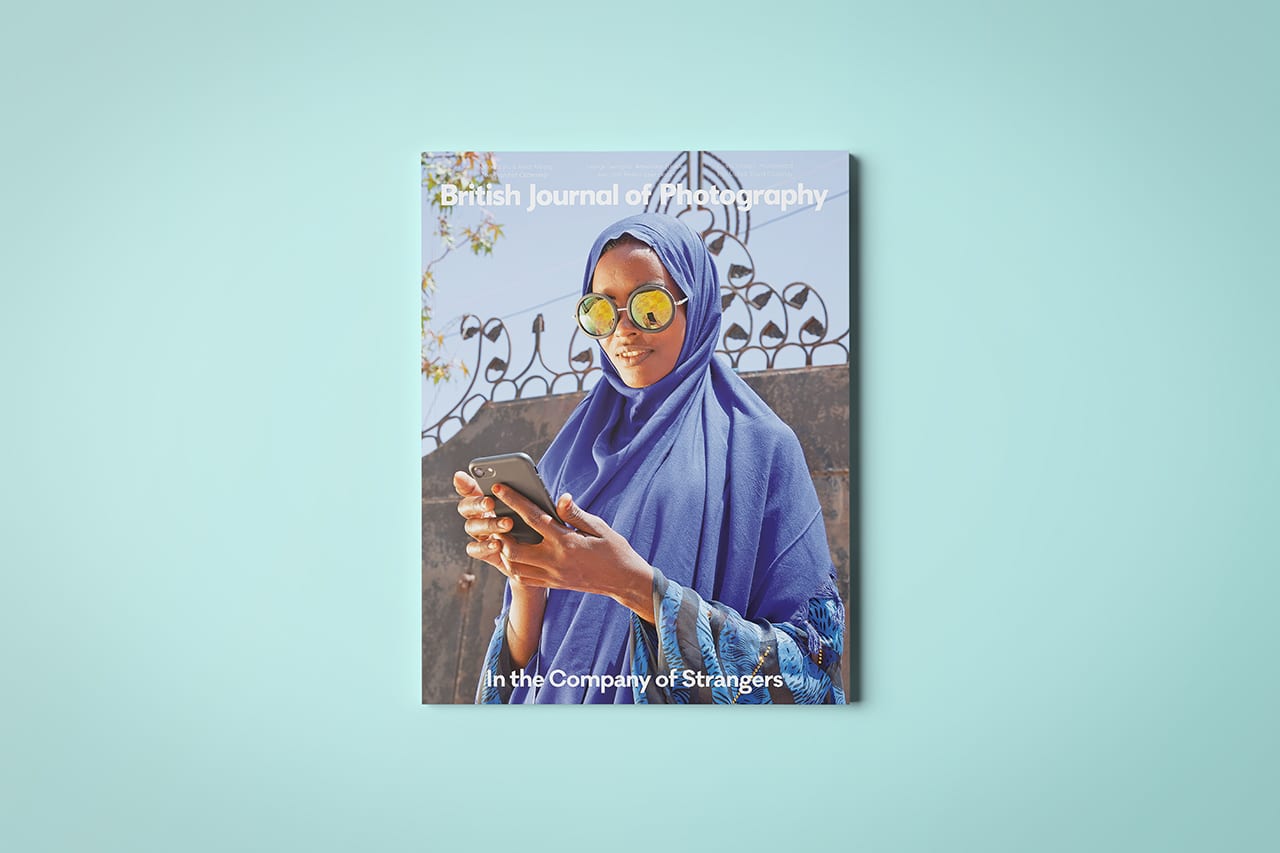
George Georgiou, Jonathan Torgovnik, Nadine Stijns and Cansu Yildiran all feature in our community issue, which focuses on the ideas and strategies behind four contrasting approaches employed by outsiders looking in

The biggest photo fair in Europe, Paris Photo returns from 08-11 November, with a new section on erotic images, and a walk-through focusing on female photographers.
Curated by Martha Kirszenbaum, curator of the French Pavilion at the 2019 Venice Biennale, the Curiosa sector will bring together intimate images by 13 artists such as Nobuyoshi Araki, JoAnn Callis, and Antoine d’Agata. Kirszenbaum hope to challenge the viewer’s gaze on the fetishised body, and tackle “relations of power, domination, and gender issues”. “There are images not everyone would like to see, which I think is good,” Kirszenbaum told BJP in an article published in our November issue.
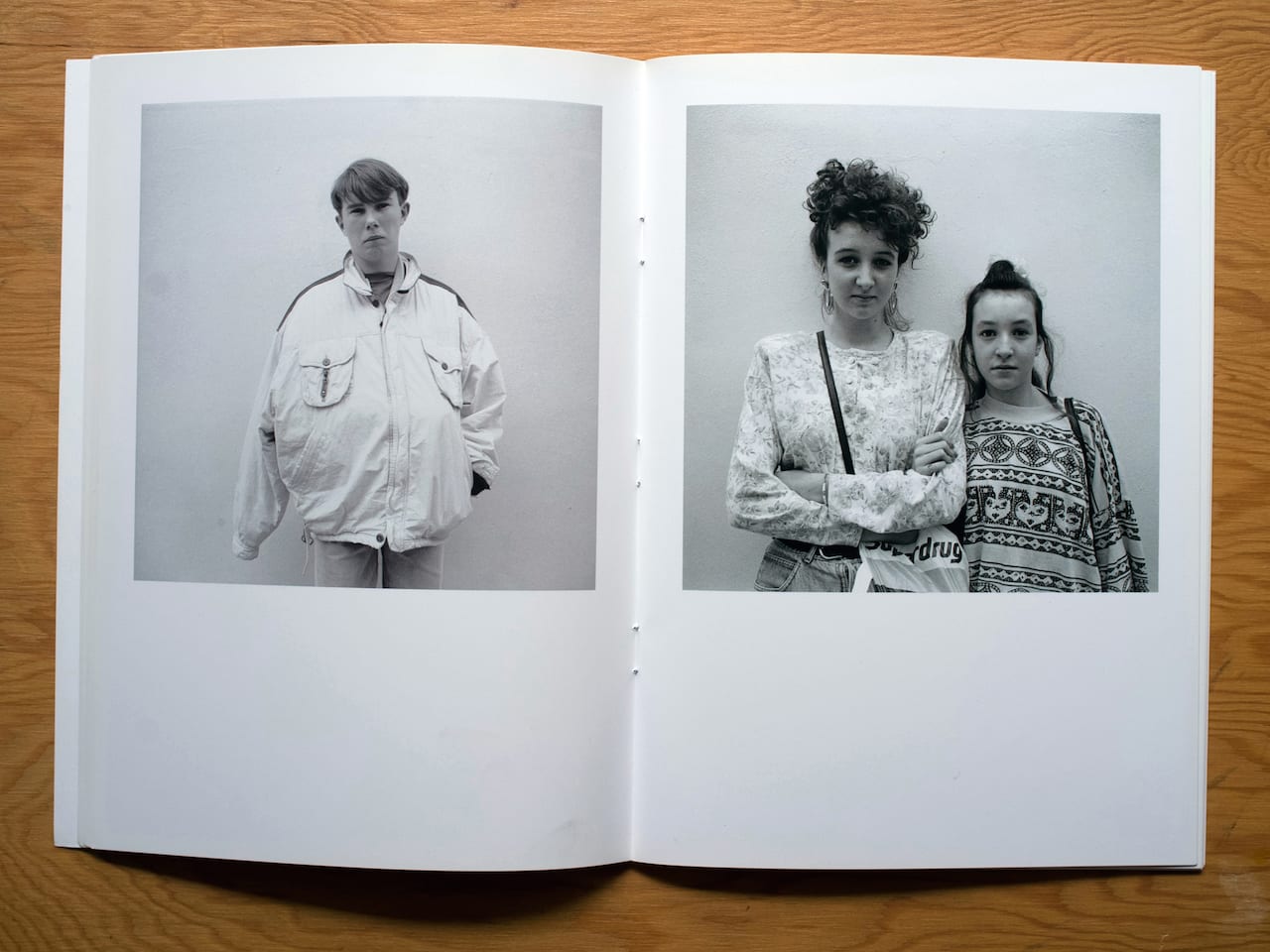
Interviewing Nigel Shafran is a circuitous, informal affair. Meeting him at his North London home, I immediately recognise Ruth, his partner and the subject of many of his photographs. I also meet his son Lev, who, though somewhat older, is also still easily discernible from his father’s pictures. The interview takes place in the kitchen familiar from Flowers for ____. Every now and then a friend calls round or phones, with plans made to throw a boomerang around in the park that afternoon, or play ping pong in the evening. Lev occasionally interjects from the living room with his take on the interview process, or on “nattering on about photography” as he puts it. “Sorry. Oh my God!” says Shafran, as the phone rings for the second time. “No worries,” I say. “You’re a busy man.” “A busy family man!” he replies. It doesn’t always make for an easy interview, but it feels appropriate for a photographer who focuses on the everyday, the domestic and the personal.

Back in 2008, Facebook was just four years old, Twitter was just two years old, and the iphone had just been released. Instagram had not yet been invented. A decade is a long time in internet years, and yet one online photography magazine launched into this unpromising landscape has survived and thrived – 1000 Words. Set up and still run by editor-in-chief, Tim Clark, it includes long-form essays, interviews, and reviews, and has included contributors such as David Campany, Susan Bright, Gerry Badger, Charlotte Cotton, Wolfgang Tillmans, Adam Broomberg and Oliver Chanarin, Vanessa Winship and Lieko Shiga. Now, to celebrate its 10th anniversary, Clark is publishing a special print edition, 1000 Words 10 Years, designed by respected photography and art specialist Sarah Boris and featuring newly-commissioned content. The annual will be 200 pages long, and will feature 10 portfolios from influential artists such as Jose Pedro Cortes, Laia Abril, Edmund Clark, and Esther Teichmann, as well as a series of photo-centric city guides, profiles on curators and collectors, opinion pieces on the art of photobook publishing, and reflections on a decade’s changes in photography. It will also include a selection of memorable and talked-about articles from the 1000 Words back catalogue.

With so much to see condensed into one city over the course of five days during Paris Photo (09-12 November), you’d be tempted to skip round the 149 galleries lining the elegant, glass-topped halls of the Grand Palais in a couple of hours, or even miss the main event altogether, as many do. That would be a mistake. You won’t get a better snapshot of what constitutes saleable photography in 2017, from the blue-chip North American dealers such as Gagosian, Pace MacGill and Howard Greenberg, to the work of younger artists championed by the likes of Project 2.0, Trapéz and Taik Persons. And eavesdropping on the sales patter can be a real an eye-opener.
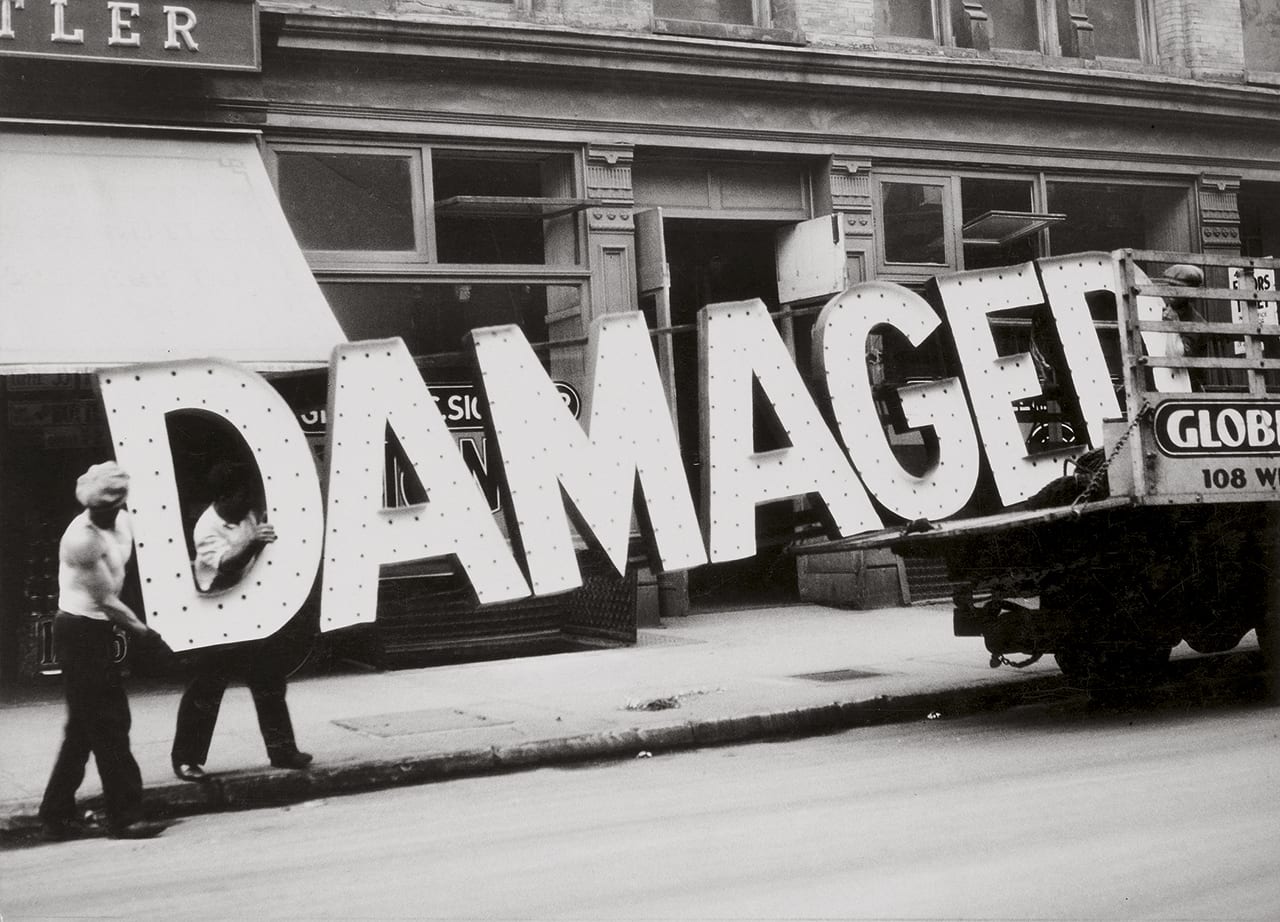
“There are two important things about this show,” says Clément Chéroux, senior curator of photography at SFMOMA. “First, the quantity of work – more than 300 photographs, quite a large selection, because we were able to get support from most of the big institutions – MOMA, the Art Institute of Chicago, the Metropolitan Museum of Art, National Gallery of Canada, the Musée du Quai Branly and so on, and private collections from around the world. Second, is the fact that it is arranged thematically rather than chronologically. Usually when you look at important retrospectives they are chronological, but we organised by theme because we wanted to organise it around Evans’ passion for the vernacular. He was fascinated with vernacular culture.”